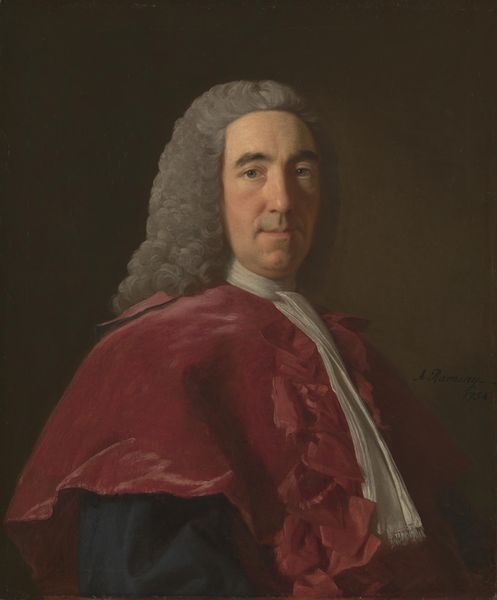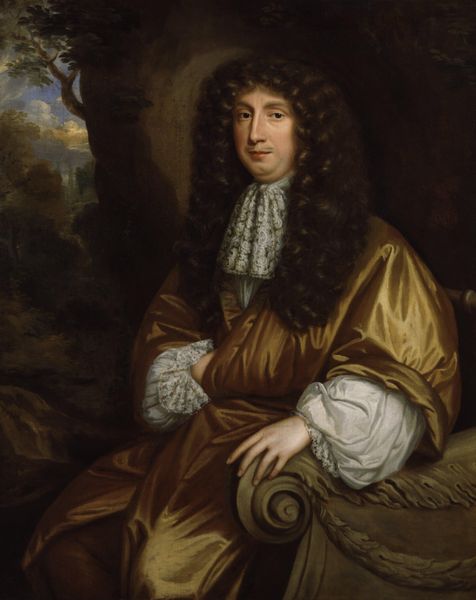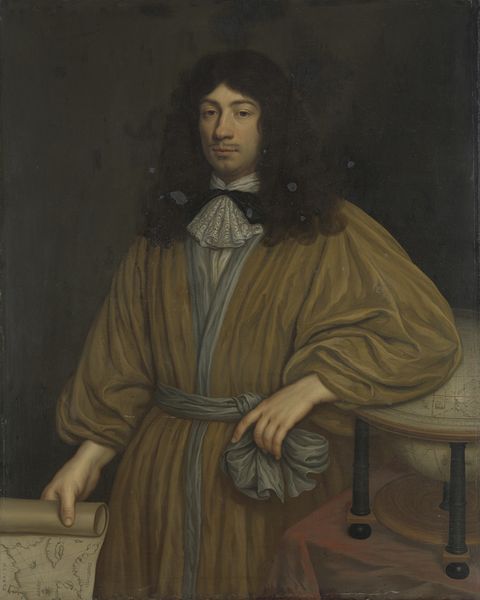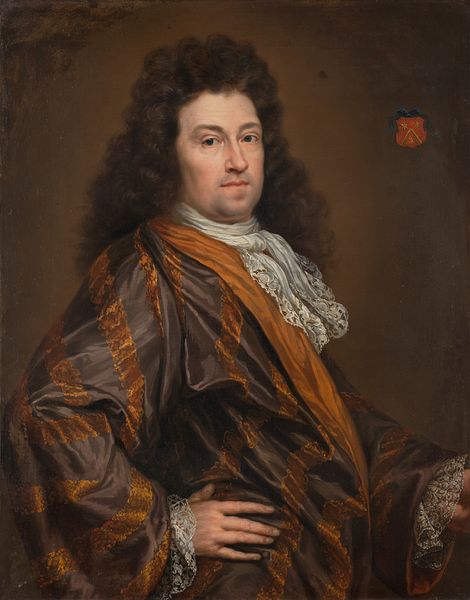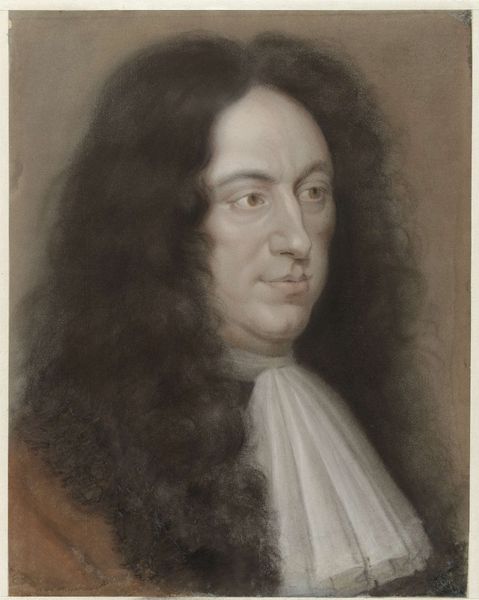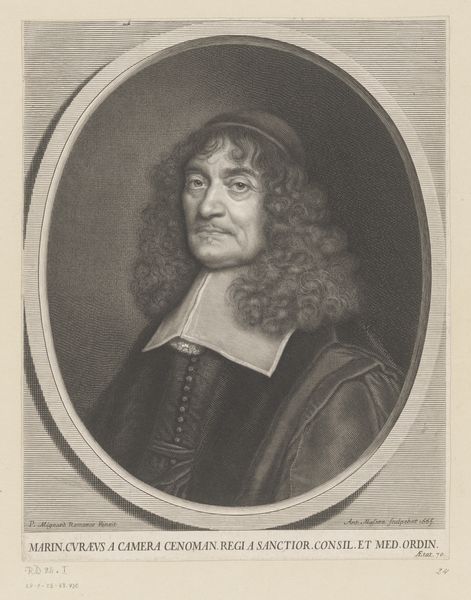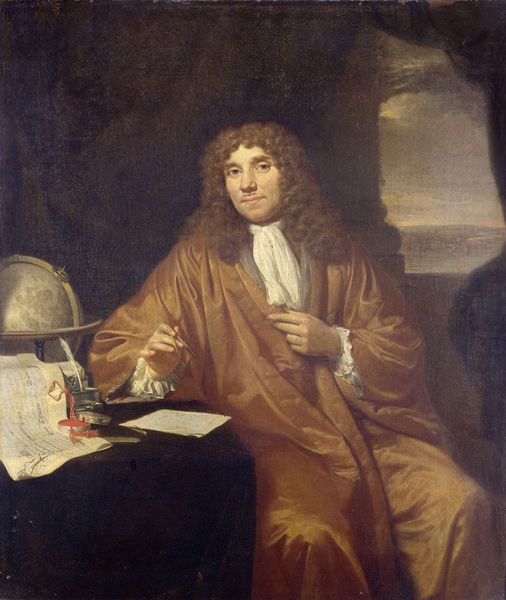
painting, oil-paint, sculpture, oil-on-canvas
#
portrait
#
baroque
#
painting
#
oil-paint
#
sculpture
#
genre-painting
#
history-painting
#
oil-on-canvas
#
portrait art
#
fine art portrait
Dimensions: 101.7 × 86.7 cm (40 1/16 × 34 1/8 in.)
Copyright: Public Domain
Editor: Here we have Gerard van Soest's "Portrait of Thomas Bulwer," painted in 1654, using oil on canvas. I’m immediately struck by how the artist captures Bulwer’s serious expression, almost as if he’s posing for posterity. What is your take on this painting? Curator: Considering the time, portraiture served a significant public role, reinforcing social hierarchies. Van Soest, though not British, tapped into this cultural expectation. Bulwer’s sober expression and lavish robe speak of wealth, position, and seriousness of purpose. It makes me wonder: What message was Bulwer trying to convey to his community, and how did this portrait function in solidifying his place within it? Editor: So it's not just a likeness but also a statement? Curator: Exactly. Consider the scroll he holds. Is he a scholar? A landowner? Or someone involved in legal matters? These details would speak volumes to the intended audience, reinforcing his public persona. What do you think the reception of such a portrait would be at the time? Editor: I guess people saw these portraits as affirmations of social order. Seeing yourself reflected in these kinds of formal artworks really meant something for both the subject and society as a whole, didn’t it? Curator: Precisely. It's not just about art; it's about understanding power and social dynamics within the canvas. It also demonstrates the impact visual representations have in culture. Editor: That is fascinating! I will definitely consider the broader social and political aspects surrounding similar portraits in the future. Curator: Indeed, art is rarely made in a vacuum, especially portraits intended for public consumption. There are many considerations about production and reception in the context of 17th century England.
Comments
No comments
Be the first to comment and join the conversation on the ultimate creative platform.
